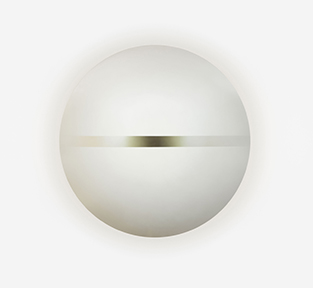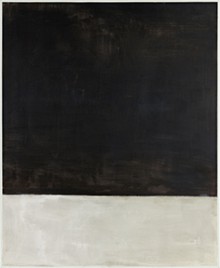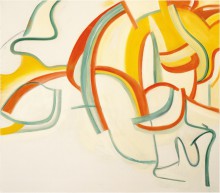Robert Irwin
Untitled 1969

© 2014 Robert Irwin / Artists Rights Society (ARS), New York. Reproduction, including downloading of ARS member works is prohibited by copyright laws and international conventions without the express written permission of Artists Rights Society (ARS), New York.
“I had very specific things in mind when I made the discs. It was a very simple set of questions, really, because I’m a very simple person. The question was, if something is in the painting that doesn’t actually contribute to the painting in a way that merits its being there, then is it actually a distraction? I started taking out those things that were not really contributing, and in that process things kept becoming more and more sparse.”*
-Robert Irwin
*Rochelle LeGrandsawyer, “Robert Irwin Interviewed,” in Rebecca McGrew and Glenn Phillips, eds., It Happened at Pomona: Art at the Edge of Los Angeles 1969–1973 (Pomona, CA: Pomona College Museum of Art, 2011), 158
Robert Irwin: Why Art?
The 2016 Burt and Deedee McMurtry Lecture
In 2016, the Anderson Collection at Stanford University hosted Robert Irwin as the second annual Burt and Deedee McMurtry Lecturer and distinguished artist at the Cemex Auditorium.







